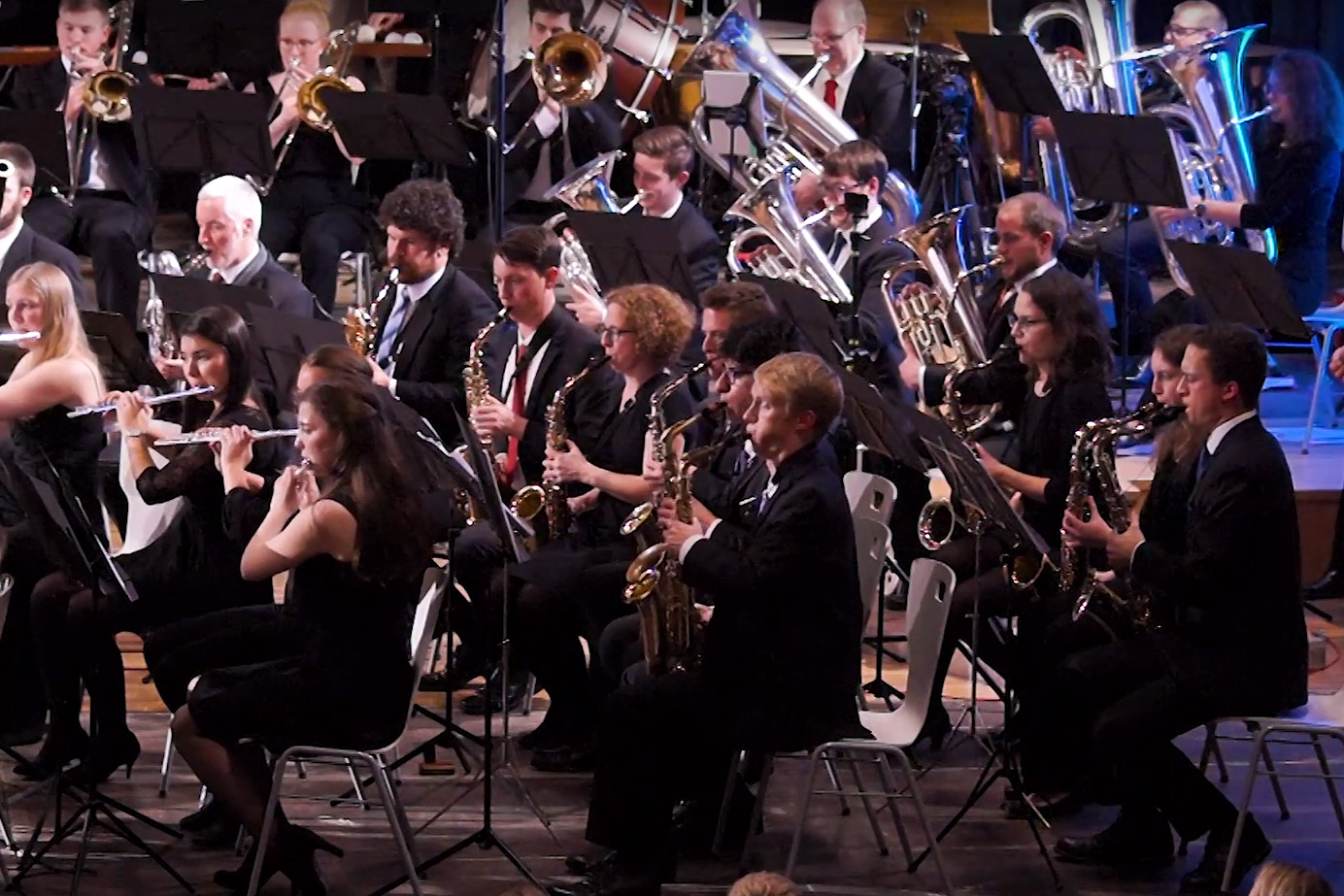

Reed put the translation as "The Peasant's Plea." Hov Arek means "come, breeze " however, on the score Dr. It is a deeply moving song in which the delicate melodic line encompasses a wide range of expression. Hov Arek ( The Peasant's Plea) (Slowly, and very sustained) A lyrical song in which a young man implores the mountains to send a breeze to rid him of his woes.Part II consists of three movements, each based upon a single Armenian folk song. Harry Begian, and was premiered on April 4, 1976, in Urbana, Illinois, by the University of Illinois Symphonic Band, Dr. 224–422) (Allegro vivo con fuoco) is a very fast, delightful, and humorous laughing-song in 2/4 time it builds in volume and speed until the exciting conclusion of the piece.Īrmenian Dances (Part II) was again dedicated to Dr. 186–223) (Broadly, with expression), a folk song named for a mountain in Armenia, is a broad and majestic song in 3/4 time it serves as a contrast to the fast, upbeat songs that come both before and after.

In this song, a young man sings the praises of his beloved, named Nazan. 69–185) (Allegretto non troppo) is a lively dance, mostly in 5/8 time, which naturally imposes an unusual pattern of additive meter-the notes repeatedly change from 3+2 eighth notes per bar to 2+3 eighth notes per bar. Its simple, delicate melody was intended for a children's choir and is symbolic of that bird's tiny steps.

30–68) (Con moto), an original composition by Vardapet in common time, has a simple melody which is first stated in the woodwinds and then repeated by the brass. Gakavi Yerk ( The Partridge's Song) (mm.This sentimental song consists of three related melodies. 1–29) (Broadly, and sustained), which opens the piece, begins with a short brass fanfare and runs in the woodwinds. Tzirani Tzar ( The Apricot Tree) ( mm.The work includes five distinct sections: Harry Begian, the director of that ensemble. Each part consists of a number of Armenian folk songs from the collection of Komitas Vardapet (1869–1935), an Armenian ethnomusicologist.Īrmenian Dances (Part I) was completed in the summer of 1972 and first performed by the University of Illinois Symphonic Band on January 10, 1973. It is a four-movement suite of which Part I comprises the first movement and Part II comprises the remaining three. For the traditional dancing, see Armenian dance.Īrmenian Dances is a musical piece for concert band, written by Alfred Reed (1921–2005).


 0 kommentar(er)
0 kommentar(er)
